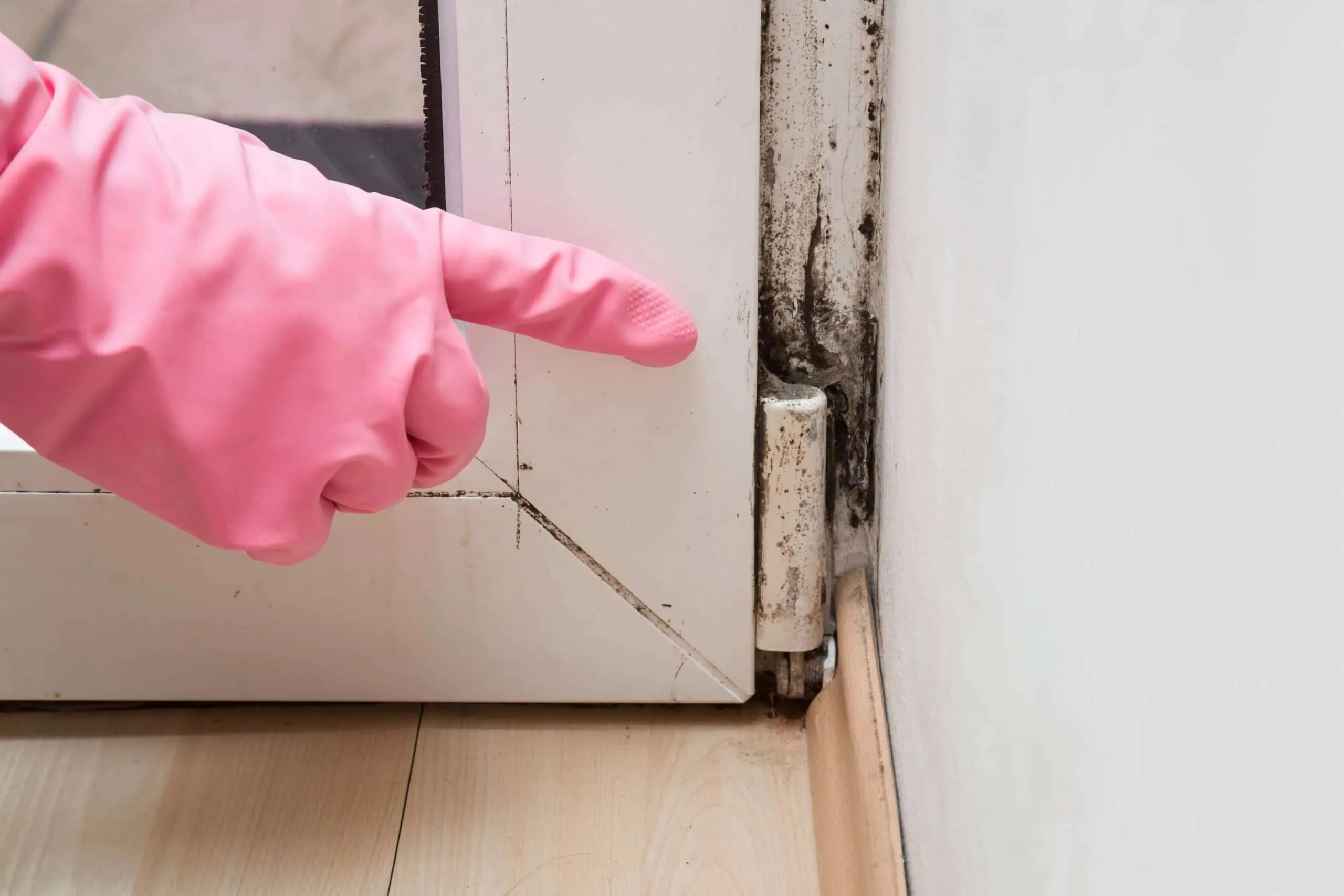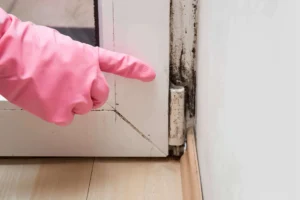Smart Homeowners’ Guide to Preventing Water Intrusion and Mold Growth Before It Starts
When it rains or humidity rises, most people think of comfort indoors — not realizing that moisture is quietly searching for a way in. At Fun Guy Inspections, we’ve seen time and again how even a small leak can become a breeding ground for mold, leading to costly repairs and health issues. The key isn’t just reacting to water damage but preventing it before it begins. Let’s explore a few expert-approved strategies to weatherproof your home and stop moisture in its tracks.
1. Think Like Water: Identify Where It Might Enter
To defend your home, you first need to think like water. Rain, groundwater, and humidity naturally seek the easiest path inside. Start by walking around your property during or right after rainfall. Look for puddles forming near the foundation, water stains under eaves, or damp spots on exterior walls. These small signs can hint at bigger issues waiting to happen.
Cracks in stucco, gaps near window frames, and missing caulking are open invitations to water. Regularly sealing these areas helps prevent infiltration before it starts.
2. Upgrade Your Exterior Armor
Your home’s exterior isn’t just for looks; it’s your first line of defense. Ensure that siding, shingles, and exterior paint are in good condition. Old or peeling paint can trap moisture instead of repelling it.
If your area sees heavy rainfall, consider installing a rain screen behind the siding to create an air gap. This space allows trapped moisture to dry instead of seeping inward. A small investment in this hidden detail can pay off by extending your home’s lifespan and improving indoor air quality.
3. Keep Your Gutters and Downspouts Honest
Clogged gutters can betray your entire weatherproofing effort. When debris piles up, rainwater overflows and cascades down your walls, saturating them from the outside in. Clean your gutters at least twice a year, especially before and after the rainy season.
Also, check that downspouts extend several feet away from your home’s foundation. A simple extension pipe can prevent water from pooling at the base of your walls — one of the most common causes of basement moisture and mold growth.
4. Seal the Weak Spots Inside
Even the most solid home can develop hidden leaks. Regularly inspect plumbing under sinks, behind washing machines, and around water heaters. A small drip might not seem urgent, but over time it can saturate walls and flooring, creating the perfect environment for mold colonies.
You can install a leak detection sensor near critical areas like your water heater or under the kitchen sink. These devices alert you instantly to moisture, giving you a head start before real damage sets in.
5. Control Indoor Humidity
Even if water doesn’t enter from outside, moisture in the air can still lead to mold. Keep indoor humidity below 50 percent by using dehumidifiers or ensuring good airflow in closed spaces. Bathrooms, kitchens, and basements are especially vulnerable since they often trap warm, moist air.
Make sure exhaust fans vent directly outdoors rather than into the attic, where moisture can accumulate unnoticed.
6. Check the Roof — The Silent Protector
Roofs endure years of weather abuse before showing visible signs of wear. Missing shingles, cracked flashing, or deteriorating sealant around vents can all lead to water intrusion. Schedule a professional roof inspection every year or after major storms. Preventative maintenance costs far less than repairing interior water and mold damage.
7. Watch the Foundation for Early Clues
Your foundation tells stories if you pay attention. Efflorescence — that white, powdery residue — signals that water is moving through your concrete walls. Tiny cracks can widen with seasonal shifts, allowing more moisture inside. Seal small cracks with epoxy or waterproof coatings before they spread.
A properly graded yard is also essential. The ground should slope away from your home so that water naturally drains downhill, not toward your foundation.
8. Call the Experts Before It’s Too Late
Sometimes, despite your best efforts, water still finds its way in. That’s where professional insight becomes invaluable. Fun Guy Inspections offers advanced moisture and mold assessments that help uncover hidden problem areas before they spiral into major issues.
We don’t just identify the source of water intrusion; we provide practical, long-term strategies to keep your home safe and dry. Protecting your home from mold starts with understanding moisture movement, and that’s exactly where our expertise makes a difference.
Water intrusion is sneaky, persistent, and often underestimated. By combining smart maintenance habits with professional insight, homeowners can prevent the silent spread of mold and protect their home’s structure for years to come.
A little vigilance goes a long way — and when in doubt, let Fun Guy Inspections guide you toward a drier, healthier home environment.


